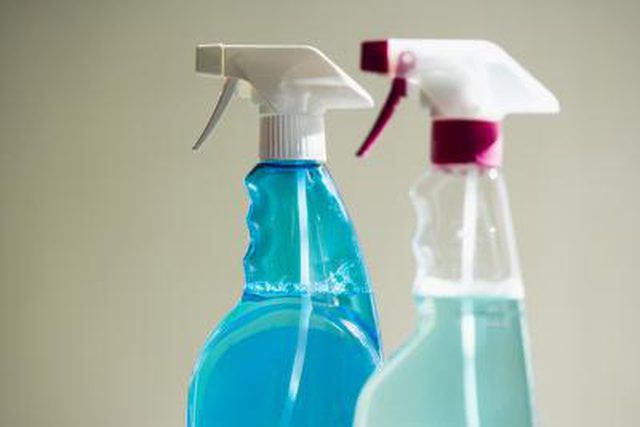Bulbs
Flower Basics
Flower Beds & Specialty Gardens
Flower Garden
Garden Furniture
Garden Gnomes
Garden Seeds
Garden Sheds
Garden Statues
Garden Tools & Supplies
Gardening Basics
Green & Organic
Groundcovers & Vines
Growing Annuals
Growing Basil
Growing Beans
Growing Berries
Growing Blueberries
Growing Cactus
Growing Corn
Growing Cotton
Growing Edibles
Growing Flowers
Growing Garlic
Growing Grapes
Growing Grass
Growing Herbs
Growing Jasmine
Growing Mint
Growing Mushrooms
Orchids
Growing Peanuts
Growing Perennials
Growing Plants
Growing Rosemary
Growing Roses
Growing Strawberries
Growing Sunflowers
Growing Thyme
Growing Tomatoes
Growing Tulips
Growing Vegetables
Herb Basics
Herb Garden
Indoor Growing
Landscaping Basics
Landscaping Patios
Landscaping Plants
Landscaping Shrubs
Landscaping Trees
Landscaping Walks & Pathways
Lawn Basics
Lawn Maintenance
Lawn Mowers
Lawn Ornaments
Lawn Planting
Lawn Tools
Outdoor Growing
Overall Landscape Planning
Pests, Weeds & Problems
Plant Basics
Rock Garden
Rose Garden
Shrubs
Soil
Specialty Gardens
Trees
Vegetable Garden
Yard Maintenance
How to Make Insecticidal Soap Spray
How to Make Insecticidal Soap Spray. Increasing concern over the effect of chemical-based insecticides has led many conscientious gardeners to look for better alternatives. Insecticidal soap is just that: It kills insects by entering their respiratory system and breaking down important tissues in the insect's body. Bacterial additives can also...

Increasing concern over the effect of chemical-based insecticides has led many conscientious gardeners to look for better alternatives. Insecticidal soap is just that: It kills insects by entering their respiratory system and breaking down important tissues in the insect's body. Bacterial additives can also introduce a biological control component to the mix. The soap film left behind can also deter insects and other pests from feeding on the plant. Insecticidal soaps are safe, biodegradable and can be easily produced from products readily available at home improvement stores.
Things You'll Need
Dishwashing liquid
Distilled water
Bacillus thuringiensis bacteria
Insecticide sprayer
De-foaming agent
Making Insecticidal Soap
Select a dishwashing liquid that does not contain a degreaser or any anti-bacterial agents.
Fill a pump sprayer with distilled water. Add 2 tablespoons of dishwashing liquid for every gallon of water to produce a 1 percent soap solution. Stir the mixture thoroughly.
Slowly add the de-foaming agent, stirring the mixture until the bubbles disappear.
Add Bacillus thuringiensis to the mixture by following the directions on the container. Mix thoroughly.
Keep a written record of the mixture. Increase the amount of dishwashing detergent if insects are unaffected. Decrease the amount if you notice any damage to the plants.
Tips & Warnings
Insecticide soap solutions can burn plants if improperly applied. Avoid using insecticidal soaps during times of drought or other stress.
Some plants are sensitive to soap solutions. Test your solution on a small portion of the plant first. Also, wait for new growth to harden off before treating.